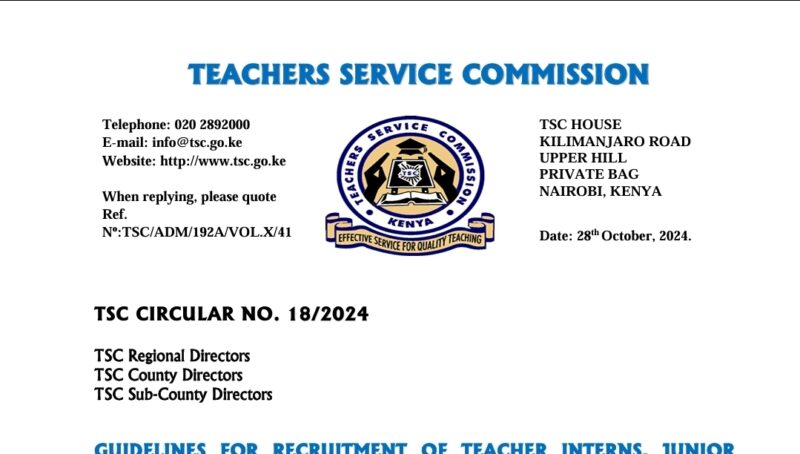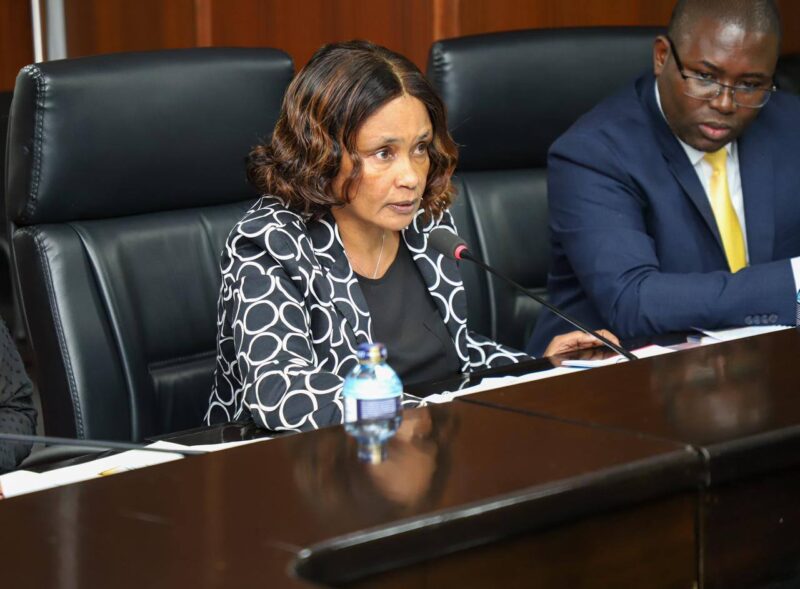For the Junior Secondary School teacher recruitment verification, candidates are required to present several documents to confirm their eligibility and qualifications. The documents must be original copies accompanied by clear photocopies for verification purposes. Here is a comprehensive list of the documents needed:
1. National Identification Card (ID):
Applicants must provide a valid national ID to confirm identity and citizenship.
2. TSC Registration Certificate:
A certificate issued by the Teachers Service Commission (TSC) confirming that the applicant is a registered teacher, as per Section 23(1) of the TSC Act, 2012. This is a mandatory requirement; unregistered applicants are not eligible for recruitment.
3. Academic Certificates:
The applicant should present their Diploma or Degree certificates along with official transcripts from accredited institutions. These documents verify the educational background and subject qualifications.
4. KCSE and KCPE Certificates (or equivalents):
These certificates confirm the applicant’s secondary and primary education qualifications. Candidates who have retaken either examination must also present all previous certificates for the relevant attempts, certified by TSC Sub-County Directors.
5. Primary and Secondary School Leaving Certificates:
These certificates serve as evidence of the completion of primary and secondary education.
6. National Council of Persons with Disabilities (NCPWD) Card:
Applicable to applicants with disabilities, this card verifies the disability status, ensuring inclusive recruitment as per constitutional guidelines.
7. Affidavit (if applicable):
If there are name discrepancies across the academic, professional, or identification documents, applicants must provide a sworn affidavit under the Oaths and Statutory Declarations Act to explain any variations.
8. KNEC Certification Letter:
If required, applicants must present a certification letter from the Kenya National Examinations Council (KNEC) to validate their academic results, especially in cases of replacement or verification.
These documents collectively ensure that candidates meet the standards set by TSC for Junior Secondary School teaching positions.




